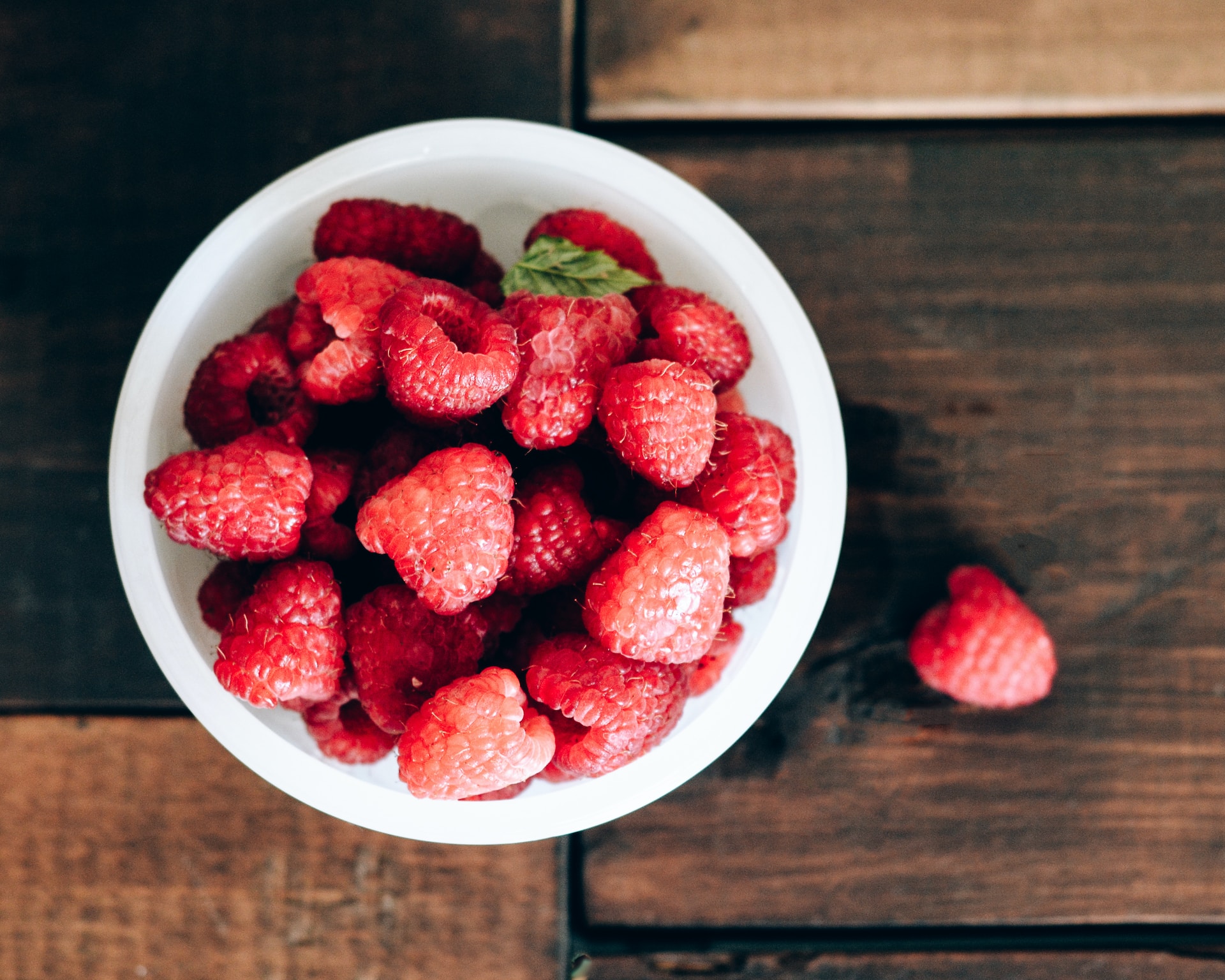Types of Edible Dried Flowers
When thinking about cooking and baking ingredients, dried flowers might not be the first thing to come to mind. However, these flavor-packed botanicals can add a unique aesthetic and a bouquet of flavors to your culinary repertoire. A sustainable and creative alternative to more commonly used ingredients, edible dried flowers contribute to a healthier planet and a more interesting meal.
For starters, roses, renowned for their romantic allure, also bring a subtly sweet flavor and can be used in everything from sweets to sauces. Similarly, chamomile flowers with their light apple-like taste, lend themselves well to salads and cookies. On the other hand, lavender is widely known for its signature aromatic fragrance and offers a slightly sweet and floral flavor that pairs well with both sweet and savory preparations.
Hibiscus, with its deep red color and tangy flavor, is an excellent addition to teas, cocktails, and jams, while marigold’s subtly spicy, citrusy flavor finds its place in salads, soups, or as a garnish. You can dig deeper into the uses of dried flowers from Frontier Coop’s guide where you will find a myriad of versatile uses of these petals in both cooking and baking.
Tips on Drying and Storing Flowers for Culinary Use
Stocking up your pantry with your own dried flowers is not only more sustainable but also offers invaluable control over quality and flavor. Start with fresh flowers, preferably home-grown or sourced from local farmers’ markets to guarantee they are free from harmful pesticides.
For air drying, simply tie a bunch of flowers upside down in a warm, dry, dark environment where they won’t be disturbed. Let them hang for a few weeks until they become brittle. If you prefer the oven method, set the oven to its lowest setting, place flowers on a parchment-lined tray and leave the door slightly open to avoid steaming. Check regularly until they are dry to the touch but still maintain their bright color.
The most suitable storage, to preserve flavor and color, is airtight containers placed in a cool, dark environment. Properly dried and stored flowers can retain their flavor and color for a year or more.
Incorporating Dried Flowers in Cooking
The real magic unfolds as you begin cooking with dried flowers. A little goes a long way, so start by adding a small amount and adjust based on your preference. In pasta dishes, try infusing your pasta sauces with a hint of lavender or garnish your salads with vibrant marigold petals for a subtle spicy kick.
Dried rose or chamomile flowers stirred into soups and broths add an interesting layer of flavor while giving your classic dishes a refreshing twist. Remember that the high temperature can dull the flower’s color and flavor, so adding them towards the end of your cooking time will uphold their integrity.
Using Dried Flowers in Baking
In the realm of baking, dried flowers can make your ordinary recipes extraordinary. Whether it’s cookies, cakes, bread, or muffins, there are several ways to embed these blooms into your baking. Grind dried flowers into a fine powder and blend them into your dry ingredients for an overall flavor throughout your baked goods.
Steep them into your liquid ingredients like milk or water for a more muted, understated flavor or simply scatter them over your finished products as an attractive and scrumptious topper. The key is experimentation and trusting your taste buds.
Crafting Floral-Based Beverages
Perhaps the most popular utilization of dried flowers is in beverages – from calming teas to exciting cocktails. Create your own tea blends with black or green tea leaves and your choice of dried flowers.
For the cocktail enthusiasts, infuse your favorite liquor with dried hibiscus flowers for a tangy twist. Floral syrups, made by simmering dried flowers with sugar and water, are a lovely addition in lemonades, iced teas, or sparkling water. The possibilities are only limited by your imagination.
The eco-conscious nature lover can attest that cooking with dried flowers is a journey as rewarding as it is delightful, giving gastronomy a sustainable and exciting spin.




